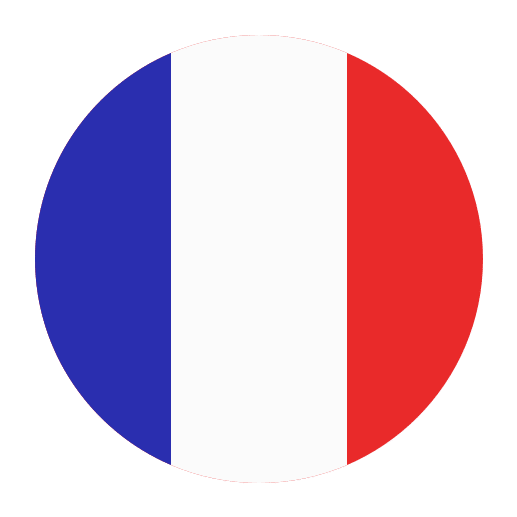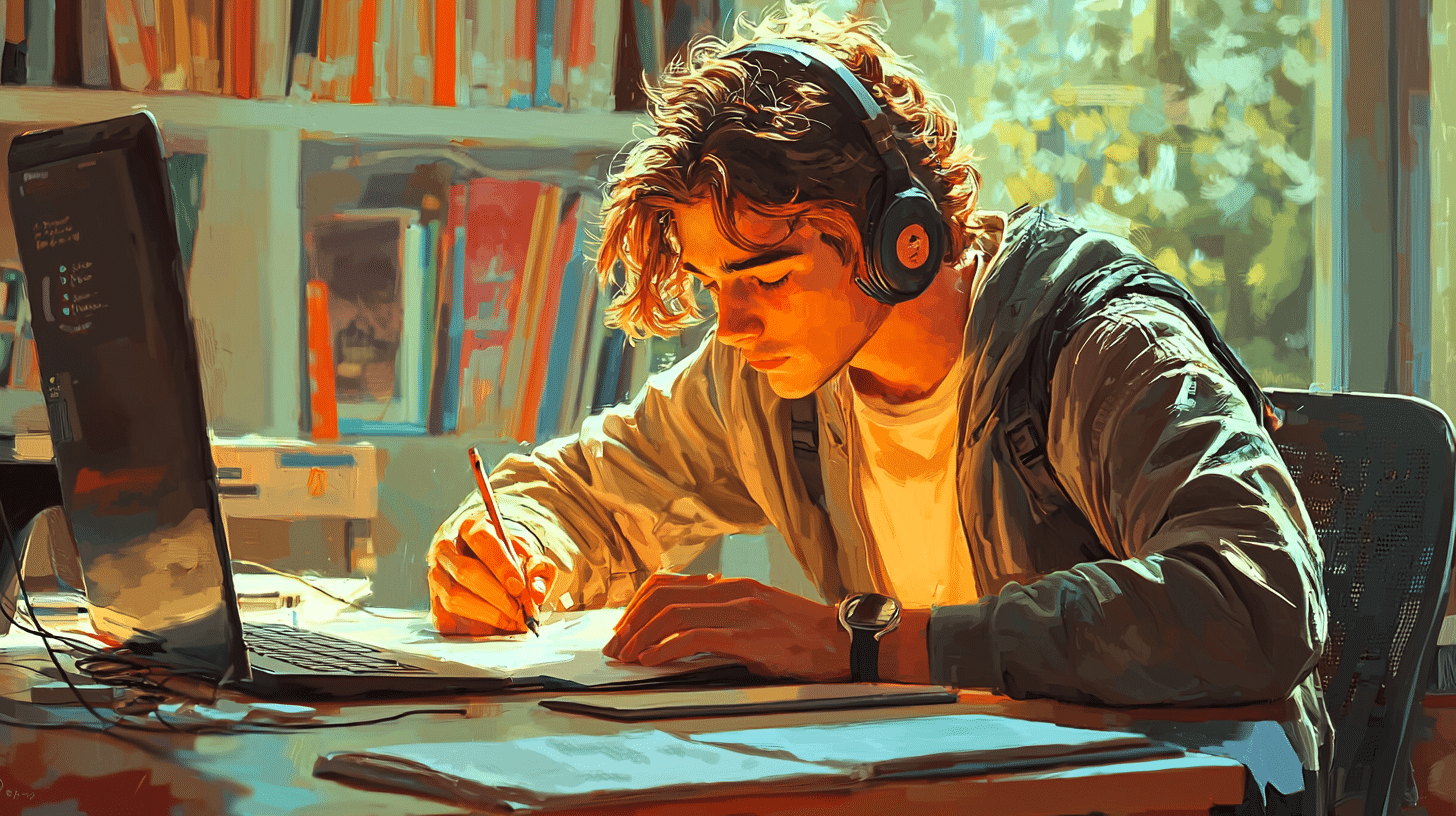When learning a new language, expanding your vocabulary is crucial for effective communication. French, known for its rich and expressive nature, offers a wide array of words to describe objects. Whether you are a beginner or an advanced learner, mastering these terms will enhance your ability to express yourself more accurately and vividly. In this article, we will delve into French words that are commonly used to describe various objects, from everyday items to more specific categories.
Basic Adjectives for Describing Objects
Starting with the basics, let’s look at some fundamental adjectives that can be used to describe a variety of objects. These adjectives can be applied to numerous nouns, making them highly versatile.
– **Grand(e)**: This means **big** or **large**. For example, “une grande maison” means “a big house.”
– **Petit(e)**: This translates to **small**. “Un petit livre” means “a small book.”
– **Beau/Belle**: These mean **beautiful**. “Un beau jardin” means “a beautiful garden.”
– **Vieux/Vieille**: This means **old**. “Un vieux meuble” means “an old piece of furniture.”
– **Nouveau/Nouvelle**: This translates to **new**. “Une nouvelle voiture” means “a new car.”
– **Léger/Légère**: This means **light** (in weight). “Une chaise légère” means “a light chair.”
– **Lourd(e)**: This translates to **heavy**. “Un sac lourd” means “a heavy bag.”
Describing Colors
Color is one of the most straightforward yet essential aspects of describing objects. Here are some common colors in French:
– **Rouge**: Red
– **Bleu/Bleue**: Blue
– **Vert/Verte**: Green
– **Jaune**: Yellow
– **Noir/Noire**: Black
– **Blanc/Blanche**: White
– **Gris/Grise**: Gray
– **Rose**: Pink
– **Orange**: Orange
– **Violet/Violette**: Purple
For example, “une voiture rouge” means “a red car,” and “un livre bleu” means “a blue book.”
Shapes and Sizes
Describing the shape and size of objects can give more clarity to your descriptions:
– **Rond(e)**: Round. “Une table ronde” means “a round table.”
– **Carré(e)**: Square. “Un gâteau carré” means “a square cake.”
– **Rectangulaire**: Rectangular. “Une boîte rectangulaire” means “a rectangular box.”
– **Épais/Épaisse**: Thick. “Un livre épais” means “a thick book.”
– **Mince**: Thin. “Une feuille mince” means “a thin sheet.”
Texture and Material
Understanding how to describe the texture and material of objects can add depth to your descriptions:
– **Doux/Douce**: Soft. “Un oreiller doux” means “a soft pillow.”
– **Dur(e)**: Hard. “Un sol dur” means “a hard floor.”
– **Lisse**: Smooth. “Une surface lisse” means “a smooth surface.”
– **Rugueux/Rugueuse**: Rough. “Un mur rugueux” means “a rough wall.”
– **En bois**: Made of wood. “Une chaise en bois” means “a wooden chair.”
– **En métal**: Made of metal. “Un objet en métal” means “a metal object.”
– **En plastique**: Made of plastic. “Une bouteille en plastique” means “a plastic bottle.”
– **En verre**: Made of glass. “Un vase en verre” means “a glass vase.”
Conditions and States
Describing the condition or state of an object can provide important context:
– **Neuf/Neuve**: Brand new. “Un téléphone neuf” means “a brand-new phone.”
– **Usé(e)**: Worn out. “Des chaussures usées” means “worn-out shoes.”
– **Cassé(e)**: Broken. “Un miroir cassé” means “a broken mirror.”
– **Propre**: Clean. “Une table propre” means “a clean table.”
– **Sale**: Dirty. “Un vêtement sale” means “a dirty garment.”
– **En bon état**: In good condition. “Une voiture en bon état” means “a car in good condition.”
– **En mauvais état**: In bad condition. “Un bâtiment en mauvais état” means “a building in bad condition.”
Functionality and Usage
Sometimes, describing what an object is used for can be just as important as describing its physical characteristics:
– **Utile**: Useful. “Un outil utile” means “a useful tool.”
– **Inutile**: Useless. “Un objet inutile” means “a useless object.”
– **Pratique**: Practical. “Une solution pratique” means “a practical solution.”
– **Ornemental(e)**: Ornamental. “Un vase ornemental” means “an ornamental vase.”
– **Polyvalent(e)**: Versatile. “Un appareil polyvalent” means “a versatile device.”
Emotional and Aesthetic Descriptions
Objects can also evoke emotions or be described in terms of their aesthetic appeal:
– **Charmant(e)**: Charming. “Une maison charmante” means “a charming house.”
– **Élégant(e)**: Elegant. “Une robe élégante” means “an elegant dress.”
– **Joli(e)**: Pretty. “Un joli tableau” means “a pretty painting.”
– **Magnifique**: Magnificent. “Un paysage magnifique” means “a magnificent landscape.”
– **Horrible**: Horrible. “Un film horrible” means “a horrible movie.”
Specialized Vocabulary
For those who are more advanced or looking to expand their vocabulary in specific areas, here are some specialized terms:
Describing Food
– **Délicieux/Délicieuse**: Delicious. “Un repas délicieux” means “a delicious meal.”
– **Épicé(e)**: Spicy. “Un plat épicé” means “a spicy dish.”
– **Sucré(e)**: Sweet. “Un dessert sucré” means “a sweet dessert.”
– **Salé(e)**: Salty. “Un plat salé” means “a salty dish.”
– **Amer/Amère**: Bitter. “Un goût amer” means “a bitter taste.”
Describing Clothing
– **Confortable**: Comfortable. “Un pull confortable” means “a comfortable sweater.”
– **À la mode**: Fashionable. “Une robe à la mode” means “a fashionable dress.”
– **Démodé(e)**: Out of fashion. “Un vêtement démodé” means “an out-of-fashion garment.”
– **Chaud(e)**: Warm. “Un manteau chaud” means “a warm coat.”
– **Léger/Légère**: Light. “Un t-shirt léger” means “a light t-shirt.”
Describing Technology
– **Rapide**: Fast. “Un ordinateur rapide” means “a fast computer.”
– **Lent(e)**: Slow. “Une connexion lente” means “a slow connection.”
– **Moderne**: Modern. “Un appareil moderne” means “a modern device.”
– **Obsolète**: Obsolete. “Un logiciel obsolète” means “an obsolete software.”
– **Efficace**: Efficient. “Un système efficace” means “an efficient system.”
Practice Makes Perfect
Learning new vocabulary is just the first step. To truly master these words, it’s essential to practice using them in context. Here are some tips to help you incorporate these new terms into your daily language practice:
1. **Label Objects Around You**: Use sticky notes to label objects in your home or office with their French names and descriptors. For example, label a chair as “chaise légère” if it’s light.
2. **Practice Descriptive Sentences**: Make it a habit to describe objects around you in French. For example, “La table est en bois et elle est très vieille” (The table is made of wood and it is very old).
3. **Engage in Conversations**: Practice describing objects with a language partner or tutor. Ask them to describe objects and try to guess what they are talking about.
4. **Use Flashcards**: Create flashcards with pictures of objects on one side and their French descriptions on the other. This can help reinforce your memory.
5. **Read and Listen**: Engage with French media where objects are frequently described, such as cooking shows, home improvement programs, or fashion blogs.
Conclusion
Expanding your vocabulary to describe objects in French can significantly improve your language skills and make your conversations more engaging and precise. From basic adjectives to specialized terms, the words covered in this article offer a solid foundation for describing a wide range of objects. Remember, the key to mastering these terms is consistent practice and application. So, start describing the world around you in French and watch your language skills flourish!

